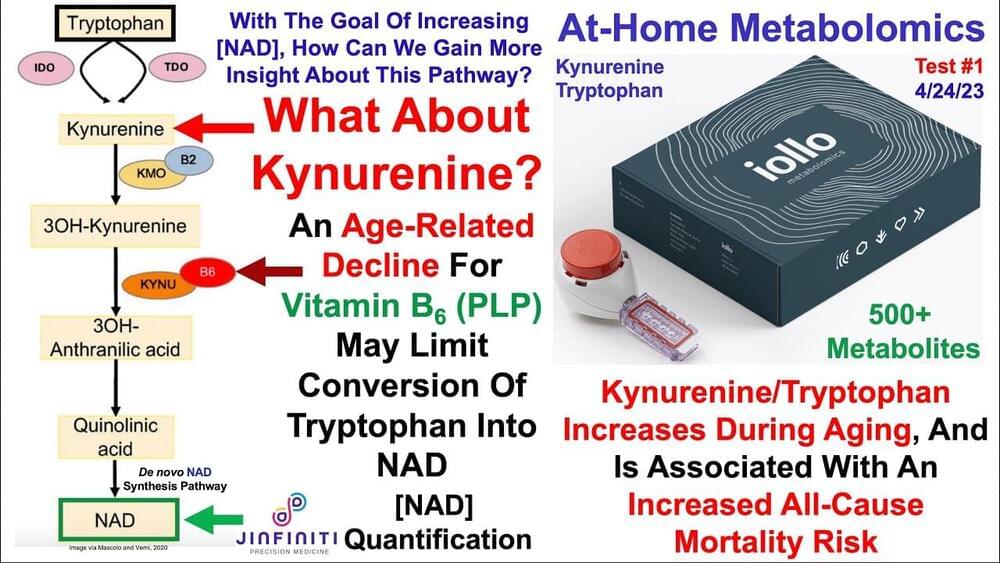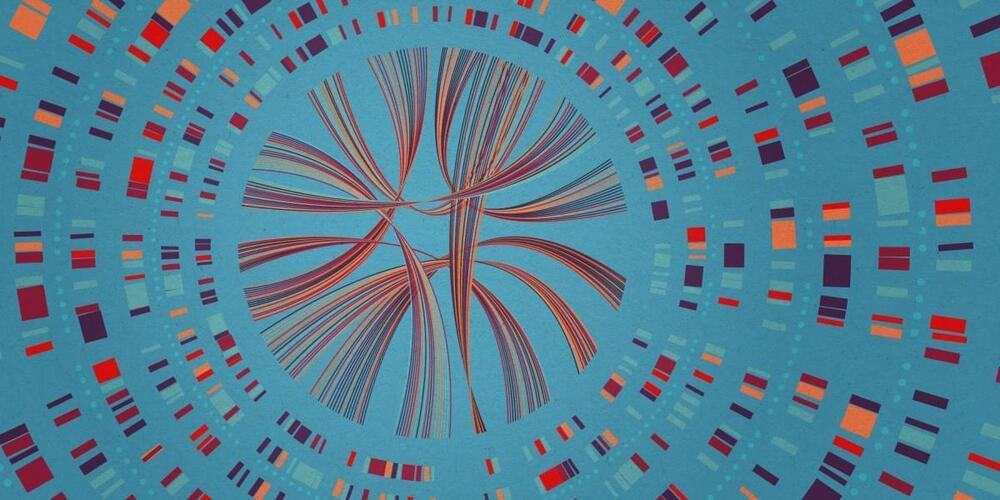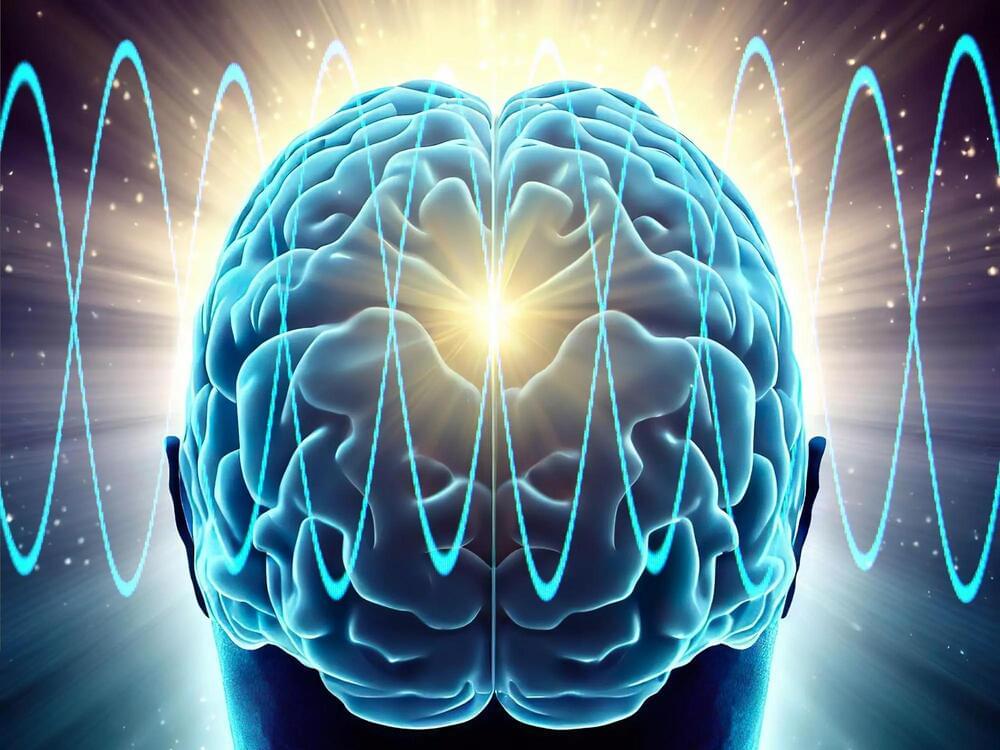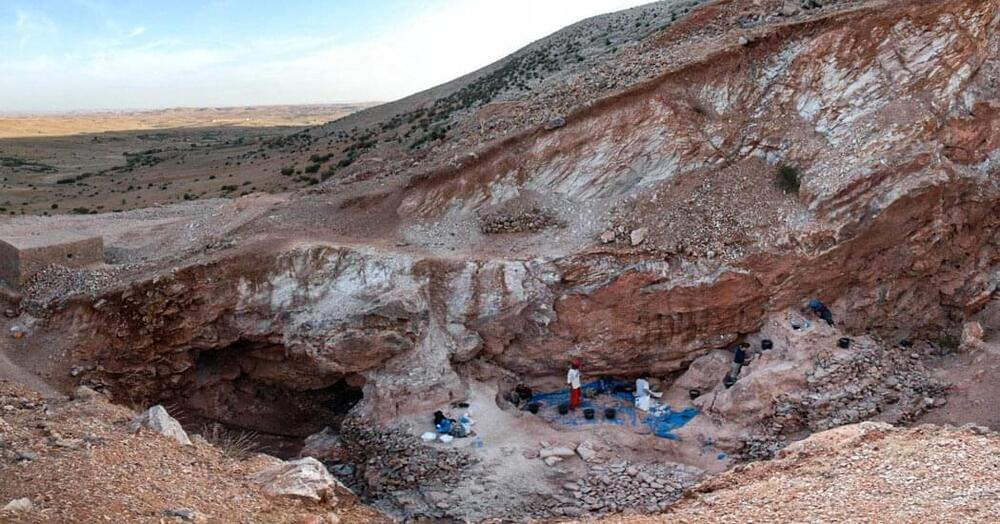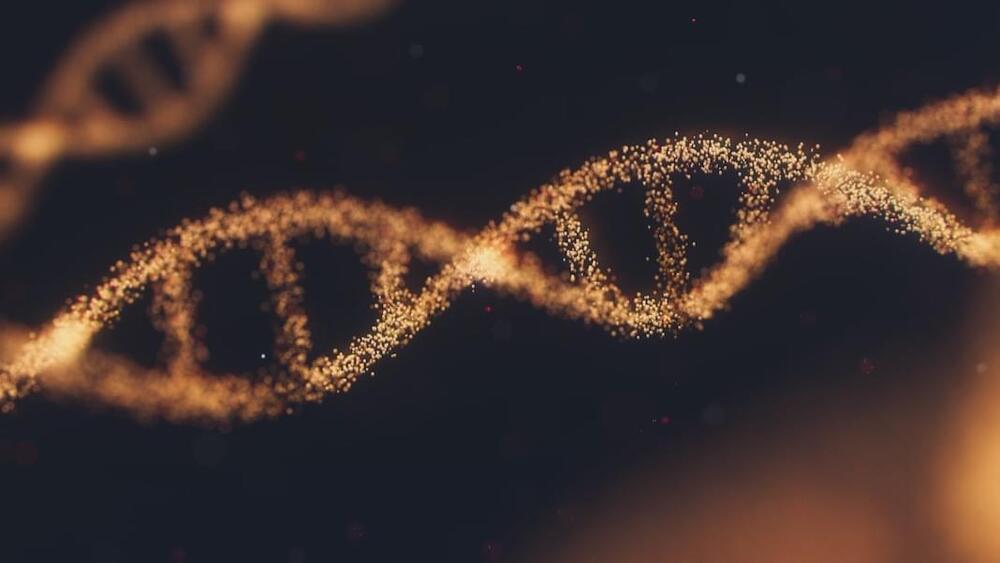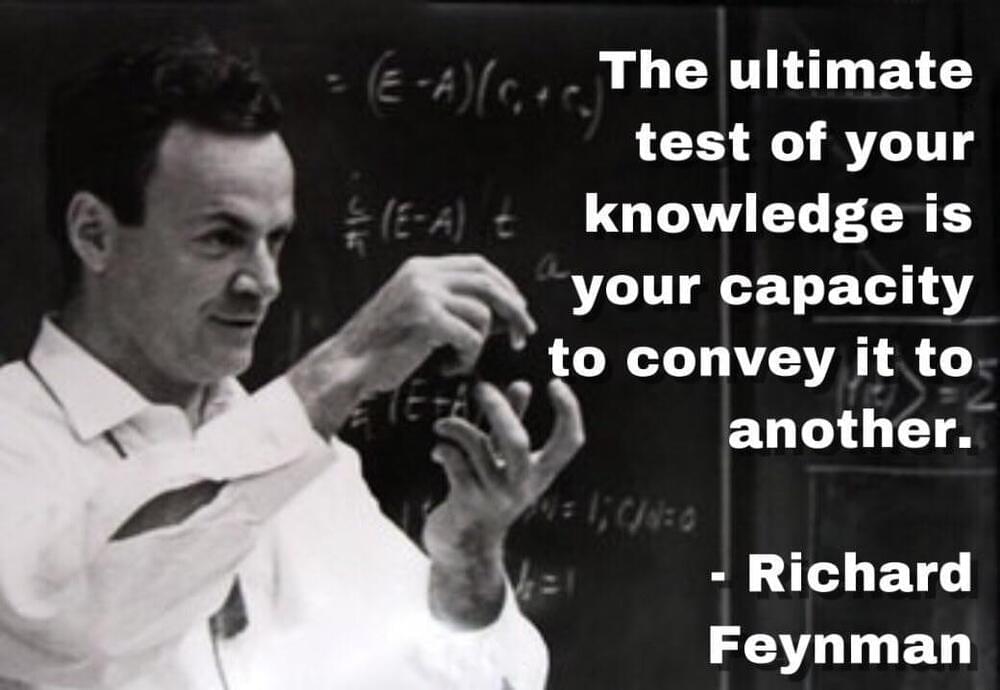Scientists have figured out a way to retrieve tiny traces of human genetic material called environmental DNA (eDNA) from thin air.
Category: genetics – Page 168
Quantum biology explores how quantum effects influence biological processes, potentially leading to breakthroughs in medicine and biotechnology. Despite the assumption that quantum effects rapidly disappear in biological systems, research suggests these effects play a key role in physiological processes. This opens up the possibility of manipulating these processes to create non-invasive, remote-controlled therapeutic devices. However, achieving this requires a new, interdisciplinary approach to scientific research.
Imagine using your cell phone to control the activity of your own cells to treat injuries and diseases. It sounds like something from the imagination of an overly optimistic science fiction writer. But this may one day be a possibility through the emerging field of quantum biology.
Over the past few decades, scientists have made incredible progress in understanding and manipulating biological systems at increasingly small scales, from protein folding to genetic engineering. And yet, the extent to which quantum effects influence living systems remains barely understood.
Join us on Patreon! https://www.patreon.com/MichaelLustgartenPhD
Discount Links:
At-Home Metabolomics: https://iollo.com?ref=michael-lustgarten.
NAD+ Quantification: https://www.jinfiniti.com/intracellular-nad-test/
Use Code: ConquerAging At Checkout.
Green Tea: https://www.ochaandco.com/?ref=conqueraging.
Oral Microbiome: https://www.bristlehealth.com/?ref=michaellustgarten.
Epigenetic Testing: https://trudiagnostic.com/?irclickid=U-s3Ii2r7xyIU-LSYLyQdQ6…M0&irgwc=1
“We now understand that having one map of a single human genome cannot adequately represent all of humanity,” says Karen Miga, a professor at the University of California, Santa Cruz, and a participant in the new project.
People’s genomes are largely alike, but it’s the hundreds of thousands of differences, often just single DNA letters, that explain why each of us is unique. The new pangenome, researchers say, should make it possible to observe this diversity in more detail than ever before, highlighting so-called evolutionary hot spots as well as thousands of surprisingly large differences, like deleted, inverted, or duplicated genes, that aren’t observable in conventional studies.
Tactile stimulation improved motor performance, reduced phosphorylated tau, preserved neurons and synapses, and reduced DNA
DNA, or deoxyribonucleic acid, is a molecule composed of two long strands of nucleotides that coil around each other to form a double helix. It is the hereditary material in humans and almost all other organisms that carries genetic instructions for development, functioning, growth, and reproduction. Nearly every cell in a person’s body has the same DNA. Most DNA is located in the cell nucleus (where it is called nuclear DNA), but a small amount of DNA can also be found in the mitochondria (where it is called mitochondrial DNA or mtDNA).
Scientists hope the findings could lead to treatments for the memory-destroying disease.
A new genetic analysis of 290 people suggests that humans emerged at various times and places in Africa.
Alzheimer’s disease (AD) is a complex neurodegenerative illness with genetic and environmental origins. Females experience faster cognitive decline and cerebral atrophy than males, while males have greater mortality rates. Using a new machine-learning method they developed called “Evolutionary Action Machine Learning (EAML),” researchers at Baylor College of Medicine and the Jan and Dan Duncan Neurological Research Institute (Duncan NRI) at Texas Children’s Hospital have discovered sex-specific genes and molecular pathways that contribute to the development and progression of this condition. The study was published in Nature Communications.
“We have developed a unique machine-learning software that uses an advanced computational predictive metric called the evolutionary action (EA) score as a feature to identify genetic factors that influence AD risk separately in males and females,” Dr. Olivier Lichtarge, MD, Ph.D., professor of biochemistry and molecular biology at Baylor College of Medicine, said. “This approach lets us exploit a massive amount of evolutionary data efficiently, so we can now probe with greater accuracy smaller cohorts and identify genes involved in sex-specific differences in AD.”
EAML is an ensemble computational approach that includes nine machine learning algorithms to analyze the functional impact of non-synonymous coding variants, defined as DNA mutations that affect the structure and function of the resulting protein, and estimates their deleterious effect on biological processes using the evolutionary action (EA) score.
In my work, I build instruments to study and control the quantum properties of small things like electrons. In the same way that electrons have mass and charge, they also have a quantum property called spin. Spin defines how the electrons interact with a magnetic field, in the same way that charge defines how electrons interact with an electric field. The quantum experiments I have been building since graduate school, and now in my own lab, aim to apply tailored magnetic fields to change the spins of particular electrons.
Research has demonstrated that many physiological processes are influenced by weak magnetic fields. These processes include stem cell development and maturation, cell proliferation rates, genetic material repair, and countless others. These physiological responses to magnetic fields are consistent with chemical reactions that depend on the spin of particular electrons within molecules. Applying a weak magnetic field to change electron spins can thus effectively control a chemical reaction’s final products, with important physiological consequences.
Currently, a lack of understanding of how such processes work at the nanoscale level prevents researchers from determining exactly what strength and frequency of magnetic fields cause specific chemical reactions in cells. Current cell phone, wearable, and miniaturization technologies are already sufficient to produce tailored, weak magnetic fields that change physiology, both for good and for bad. The missing piece of the puzzle is, hence, a “deterministic codebook” of how to map quantum causes to physiological outcomes.
Ago when I was a kid in college my friend Eric got me into many things. We played music together and used a Kurzweil Keyboard, and a bunch of weird stuff. We had an ADAT hooked up to the Kurzweil with fiber optic cables. I had Roland keyboards & Drum machines but I loved the Kurzweil. He started teaching me many things because he was really smart. I was studying psychology so he loaned me his DSMIV and books on Industrial Organiza… See more.
A bit long, but a good read. About 20 years ago when I was a kid in college my friend Eric got me into many things. We played music together and used a Kurzweil Keyboard, and a bunch of weird stuff. We had an ADAT hooked up to the Kurzweil with fiber optic cables. I had Roland keyboards & Drum machines but I loved the Kurzweil. He started teaching me many things because he was really smart. I was studying psychology so he loaned me his DSMIV and books on Industrial Organizational Psychology. He then told me about other books like “Society of Mind”(Marvin Minsky), “Age of Intelligent Machine” (Ray Kurzweil), Engines of Creation (K Eric Drexler), of course Richard Feynman, and many more. I dreamed of that technology and kept reading more. In the 2000’s Drexler and Feynman’s visions became a paradign and applications started rolling out, and now nanotechnology is applied to most everything we know. We are now at the second paradigm where we see the visions of Minsky/McCarthy, Kurzweil and others becoming easily available applications. As a Child I watched the Jetsons & Srar Trek and now with flying cars it’s not if, but when. Space travel is already here. All these technologies will transform global societies, but we must all focus on investing more in the advancement of society than the destruction of it. Many of the things we now invision in our minds we may see in 10 years. People think saving your consciousness & longevity is impossible, but I don’t. Some even thought that regenerating tissue and organs is impossible, but we can do that now. Now people keep saying, “This ancient turtle died, this rhino died (I hear that all the time in Kenya), this elephant died, but I say okay it’s not cool, but what can we salvage from it to bring the species back with advances in technology later? Do we use cryogenics? How do we save the genetic material? Technology can be used in so many ways. Every Day Lifeboat posts feats many do not know. If more people on earth had such a focus, as opposed to dumbed down entertainment like The Kardashians for instance, we would be living in a much better world with more people proposing more ideas and collaborations. I always say we are moving in the wrong way in the evolutionary process, and it is a bit telling that some phones are smarter than many people. I you add ChatGPT. We have so much advanced technology and science, yet we can’t even fight cancer. It took decades for people to learn the importance of diet in HIV treatment. However, Ray Kurzweil has for decades talked about the importance of diet for longevity. Just the other day it was published that processed foods affect cognitive function. Before that it was released processed foods cause cancer. We must change, and go in the right way of evolution to the Singularity another paradigm shift and cooperarion, instead of backwards to a barbaric age of conflict and greed. Always share your knowledge and I thank all who do share in this group. More should share as well, and Lifeboat should use more platforms to reach more people.


